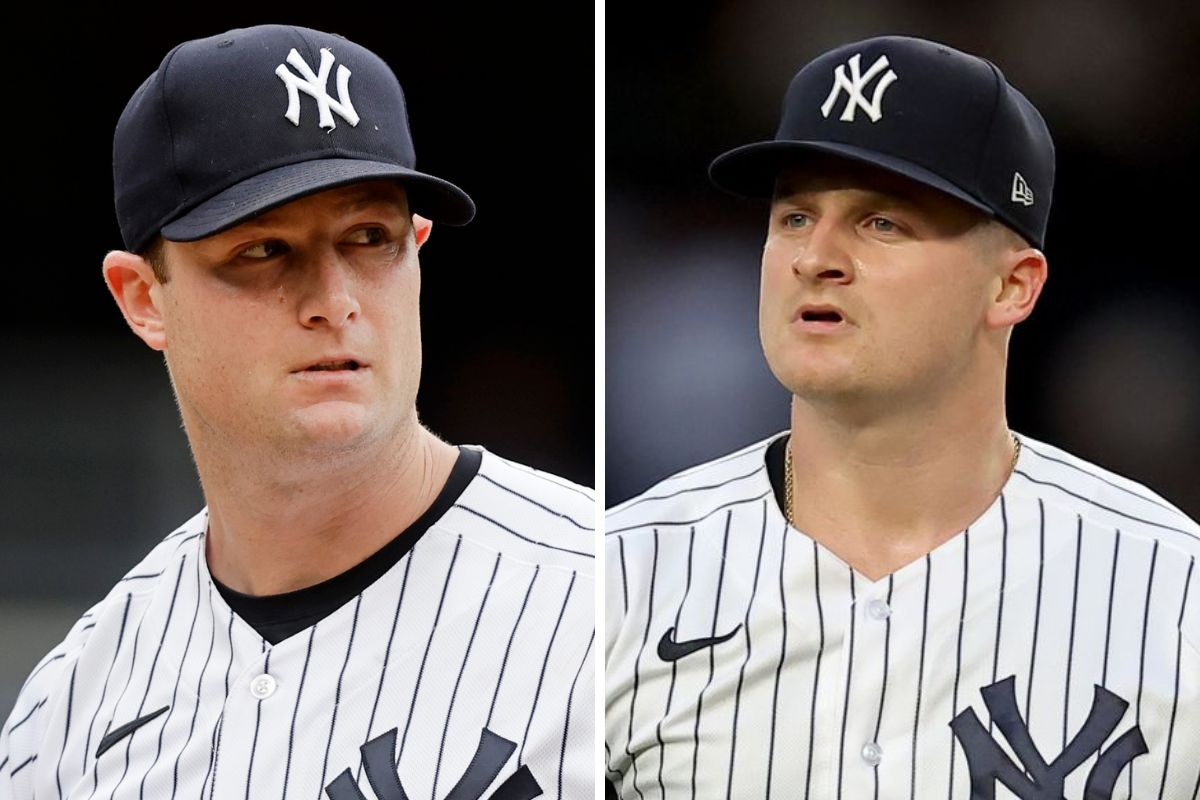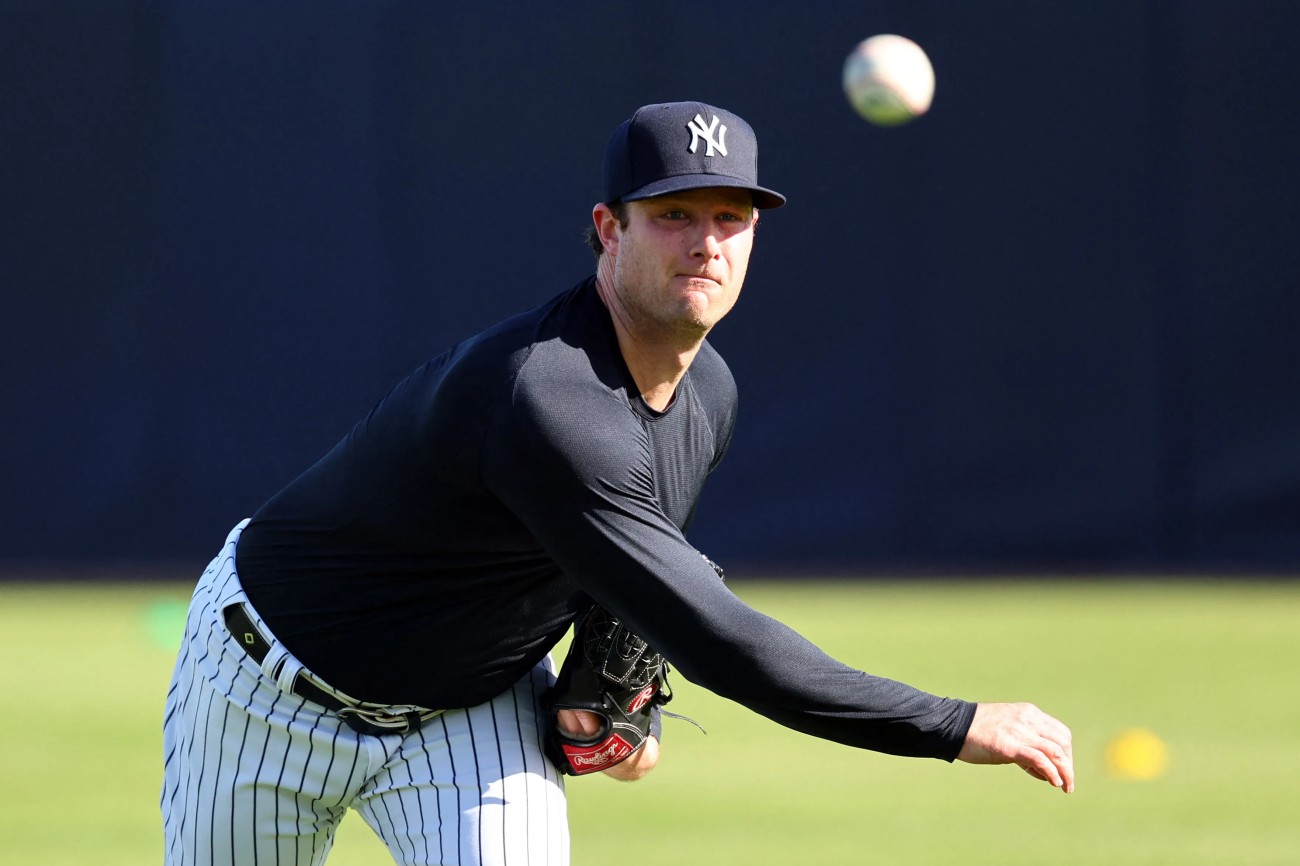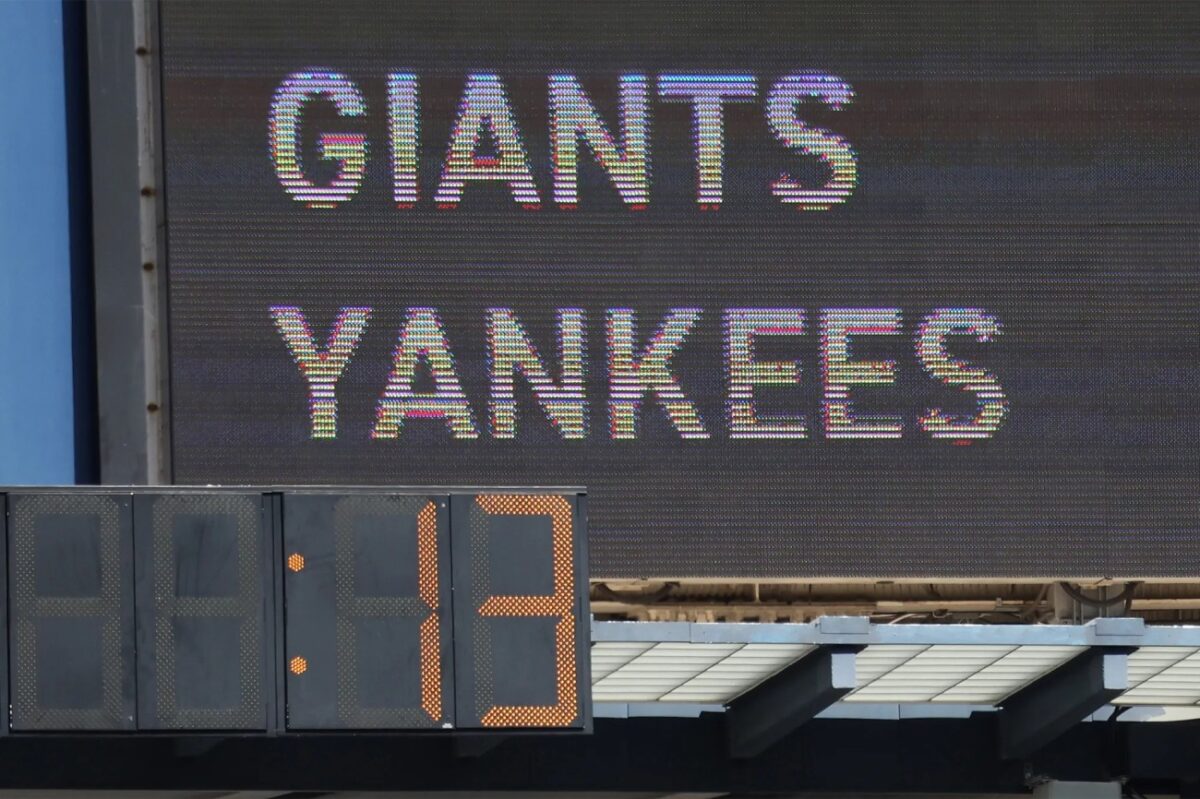Yankees stars Clarke Schmidt, Gerrit Cole raise concerns over pitching clock’s potential for injuries

-
 Amanda Paula
Amanda Paula
- April 24, 2024
- 5:58 pm
- One Comment
Table of Contents
The New York Yankees stars Clarke Schmidt and Gerrit Cole have voiced concerns about the alarming rate of pitcher injuries in Major League Baseball (MLB). In an interview with ESPN, both players shared their apprehensions regarding this issue.
Pitching clock vs. MLB players
Not only Yankees players, but the entire MLB community has addressed concerns regarding the pitching clock. According to data from ESPN’s baseball injury researcher Jon Roegele, there has been a notable rise in the number of pitchers undergoing Tommy John surgery, with 34.4% in 2022 and 35.3% in 2023. This issue has gained more attention lately, especially with top players being affected.
Each day, it sparks extensive discussions across all MLB team websites and among influencers. For instance, Kirby Yates, a reliever for the Texas Rangers, has highlighted the worrying trend of rising pitcher injuries in Major League Baseball (MLB) over the past few years.
Yates also expressed his worry about the situation, noting the challenges posed by factors such as rising pitching velocities, the exceptional skills of hitters, and the shrinking strike zone. He emphasized the difficulty in finding a solution given these trends. This underscores the urgency for MLB to address the issue of pitcher injuries.
“It’s getting magnified now because some of our best have been getting hurt. It’s definitely a concern. But with the way the game is going, and the way velocities are, how good hitters are, how small the strike zone has gotten, I don’t know how you change it.”
These statistics are indeed troubling, particularly when considering the absence of Yankees’ players like Gerrit Cole, who have been sidelined since the beginning of the season. Just last month, Cole expressed significant apprehension about the introduction of the pitching clock, suggesting a potential link to the Yankees’ early-season struggles.

Clarke Schmidt, a starter for the Yankees, echoed this sentiment, stating, “It’s undeniably worrisome, and it’s something we need to remain mindful of. But we can’t allow it to consume our thoughts entirely. It’s always lingering in the background for players, but it’s an inherent risk of the game. It’s certainly a factor—and concerning to see it becoming more prevalent.”
Furthermore, the health status of good players like Dj LeMahieu and Gleyber Torres in the Yankees’ lineup has also raised doubts.

Despite these concerns, Gerrit Cole emphasized the need for adaptation: “It’s a challenge we have to confront, and adaptation always comes at a cost. While I can’t provide concrete data on the exact repercussions, everyone is focused on the immediate impact of the pitch clock. But what will the long-term effects look like? What will players’ MRIs reveal in five or ten years after pitching under the constant pressure of the clock?”.
Yankees contend with pitcher injuries, pitch clock concerns mount
The New York Yankees find themselves contending with a series of injuries amidst a broader trend of MLB hurler health concerns.
The spotlight intensifies on the impact of the pitch clock, with the Yankees bearing the brunt of speculation. In a recent SB Nation Reacts survey, 63% of respondents attributed the surge in pitcher injuries to the pitch clock.
Notably, Yankees ace Gerrit Cole is among those MLB majors figures sidelined, facing a significant period on the sidelines. With high-profile casualties like Cole, concerns mount over the toll of the pitch clock on pitcher health.
As MLB confronts these challenges, the Yankees, in particular, grapple with the repercussions, raising questions about the balance between game pace and player well-being.
How the pitch clock works?

Last year, MLB ushered in a seismic shift by introducing sweeping rule changes, with the most contentious adjustment being the implementation of a pitch clock – a stark departure from the sport’s longstanding aversion to time constraints.
The key components of this rule are as follows:
- Pitchers have 15 seconds to deliver a pitch with the bases empty, and 20 seconds with runners on base.
- The clock starts when the pitcher receives the ball from the catcher, rather than at the release point.
- Batters must be ready in the box with at least eight seconds remaining.
- Violations result in an automatic ball for pitchers and an automatic strike for batters.
- Each batter is granted one timeout per plate appearance.
- Pitchers are permitted two pick-off attempts or step-offs per batter. A third is ruled a balk, with the count reset if a runner advances.
This transformative change was expected to pose an adjustment challenge for players, coaches, and fans alike, with anticipated growing pains early in the regular season. While spring training offered a glimpse into the rule’s impact, marked by some notable violations, the overall implementation proceeded relatively smoothly.
Prior to 2023, MLB games had seen a concerning rise in average duration, prompting league officials to take action to address lulls in gameplay. Despite previous efforts, the 2022 season remained among the longest in history. However, the pitch clock showed promising signs during spring training, with games averaging a noticeably shorter length.
Although primarily aimed at enhancing pace of play and minimizing downtime, the pitch clock’s introduction has not been without controversy. Criticism from players, including Yankees stars, as well as other MLB athletes, has sparked speculation about potential future modifications. As baseball enters this new era, all eyes will be on the field as the league navigates the impact of these groundbreaking changes.
What do you think? Leave your comment below.
- Categories: Clarke Schmidt, gerrit cole, New York Yankees
- Tags: Clarke Schmidt, gerrit cole, New York Yankees


 Follow Us
Follow Us










One thought on “Yankees stars Clarke Schmidt, Gerrit Cole raise concerns over pitching clock’s potential for injuries”
Pitch clock was brought in in an attempt to help pace of play and cut down the dead time. But the rules made a long with it, all favor the batters, and the continuation of tweaking downward the pitch clock time and the mound visits do nothing to help the pitchers. And you know if you’re not helping, you generally are hurting. Pitcher is in a good rhythm, but the batter gets to stop the action, but a pitcher is struggling he has no option to stop play? Sometimes even being allowed to take a breath can make a difference. I’ve been a big proponent of getting rid of the entire infield going to the mound. I’d like to see where the catcher has 7 trips he can make to the mound – just him and the pitcher… no infielders, no coaches.